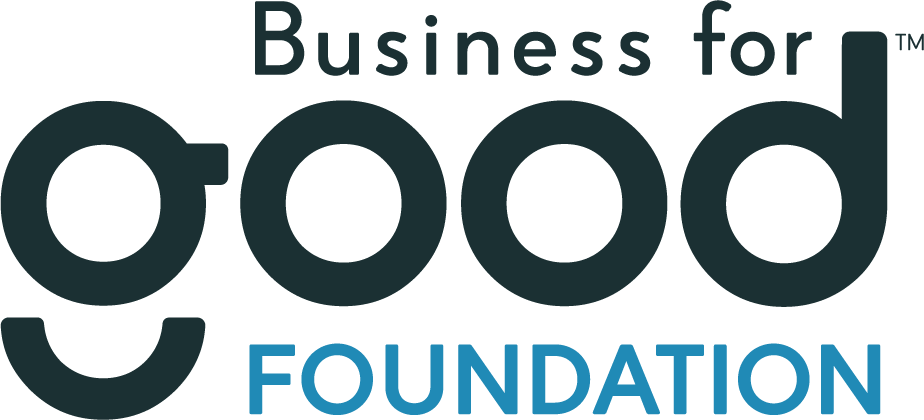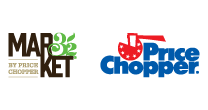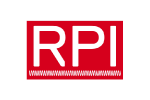News
October 3, 2018Capital Region Organizations Active in Disaster (CROAD) Respond to Quail Street & Sheridan Ave Fires
A Capital Region coalition of non-profit groups, government agencies, and community partners is teaming up to help the survivors of the September 30th fires in the City of Albany. The CROAD, or Capital Region Organizations Active in Disaster, is based on a best-practice model of bringing together numerous groups in a geographic area involved in disaster response so that survivors can get help as quickly as possible.
Families who were impacted by the fires on Quail Street and Sheridan Avenue should call 2-1-1 if they have not reached out already or been connected with assistance. All assistance requests should go through 211, which will be available 24/7.
The American Red Cross Eastern New York Region is providing direct financial assistance to families immediately following the fires, to help with essential needs such as food, safe shelter, clothing, and medications. Catholic Charities will be providing long-term disaster case management for the survivors to help the people rebuild their lives. Other agencies will be contributing to the needs of survivors as they become apparent.
On behalf of CROAD, the United Way of the Greater Capital Region has set up a fund for the Albany Fire Survivors to support mid-term and long-term recovery. The United Way will be providing fiscal oversight. Checks should be made out to the United Way with a note in the memo line for the Albany Fires.
Donors should direct their gifts to: United Way of the Greater Capital Region
Albany City Fires Fund
PO Box 13865
Albany, NY 12212
Secure online donations may be made at: www.unitedwaygcr.org/emergency
Additionally, donations may be made at any of CAP COM Federal Credit Union’s 11 branches in the Capital Region.
100% of these funds raised by the United Way will go to the fire survivors. These funds can provide critical needs for impacted families such as ongoing shelter, rental assistance, and funds to purchase items such as food, furniture, clothing, and household goods that were identified by the fire survivors as part of their recovery plan.


























